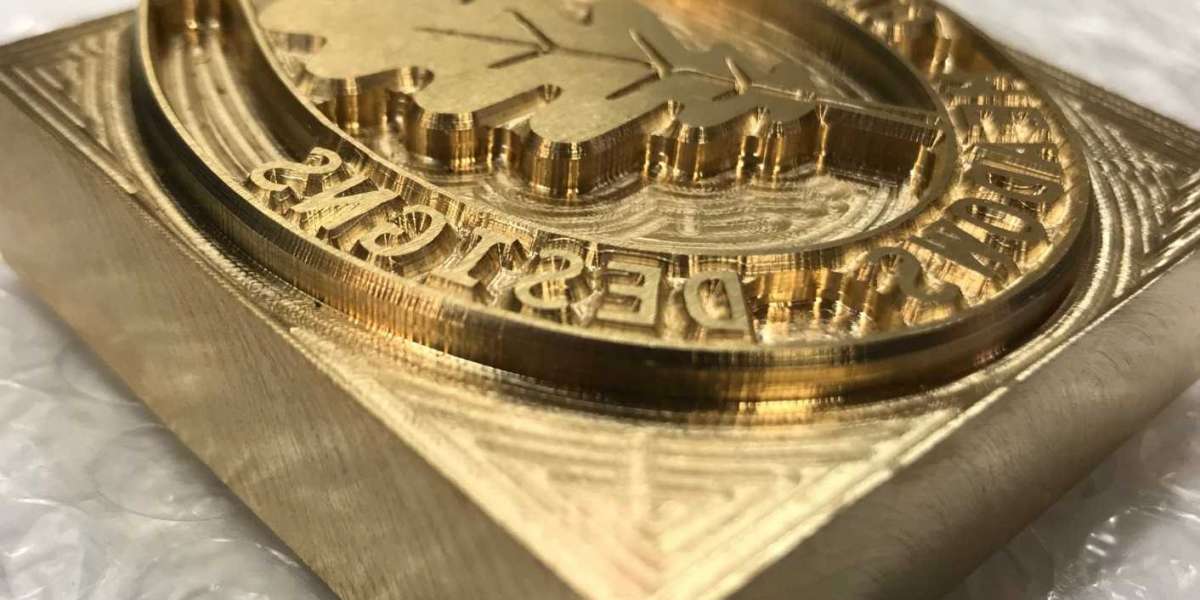It has always been important to stay at the forefront of the most innovative industrial processes and the latest technology, in an effort to satisfy the most demanding needs of the contemporary market. This new range of possibilities offers its customers new alternatives of proven quality and with professional support, sustained years of experience.
In this sense, one of the techniques in which it has been progressively deepened is electrical branding iron, which basically consists of a high-precision mechanical process that makes cuts of simple figures in sheets of low-carbon steel, steel stainless, aluminum, and many more metals.
The embossing tools for sheet metal require a specific geometric design, for which a meticulously sharpened punch is used, together with a base that allows operations such as drawing and flaring, both allowing the cut to be executed in a single exact, measured, pre-established movement.
Industrial punching where to start?
One of the determining factors of the punching process lies in the non-involvement of chip removal, which turns out to be quite beneficial for a type of process demanded in the production of serial parts. That, in turn, generates greater and optimal results when subjected to low temperatures.
The force applied by the machinery involved in punching forces the metal material to penetrate, so that, in principle, an initial deformation is generated immediately. That is followed by shearing and breaking of the raw material, ending with the expulsion of the cut or leftover piece.
Phases on which industrial punching is developed:
It is important to point out that, being an apparently direct, practical, and simple process, understanding the mechanics of punching requires a greater degree of attention, due to all the factors involved in its actions. That is why punching is divided into three basic or main stages:
1. Deformation: They consist of the effort exerted by the punch on the metallic material, which, at first, produces a deformation, initially elastic, and later plastic, around the edges of the punch itself and the base.
2. Penetration: At this point, the cutting edges of the wood engraving and the matrix penetrate the material, which implies the production of cracks in it, due to the tensions generated during the first stage. In other words, the deformation of the material is pronounced at a specific point.
3. Fracture: Finally, the cracks that originate on one side and the other of the sheet or material, promote its separation: the punch continues to descend with the same force and precision until it expels the cut.
If you want to order an embossing heat tool, then do not miss to visit our site hamilton-rand.co.uk website.
Search
Popular Posts
-
 How do I fix AOL Mail login issues?
How do I fix AOL Mail login issues?
-
 Viral video on pre-shaded ballots allegedly favoring “Otso Diretso” bets, alarms admin candidates
By Alka Vista
Viral video on pre-shaded ballots allegedly favoring “Otso Diretso” bets, alarms admin candidates
By Alka Vista -
 Dermal Fillers Treatment in Gurgaon
By priya sharma
Dermal Fillers Treatment in Gurgaon
By priya sharma -
 Best Online Casinos
By greenlife
Best Online Casinos
By greenlife -
 The Impressive Beauty And Quality Of iPad pro 12.9 Case
By imranafzal
The Impressive Beauty And Quality Of iPad pro 12.9 Case
By imranafzal
Categories
- Appliance
- Attractions/Things To Do
- Artist
- Bank
- Bar
- Blogger
- Book Store
- Cars and Vehicles
- Clothing
- Concert Venue
- Comedy
- Economics and Trade
- Education
- Electronics
- Entertainment
- Food/Grocery
- Furniture
- Movies & Animation
- Gaming
- Health and Beauty
- History and Facts
- Hotel
- Life Style
- Medical/Pharmacy
- Natural
- News and Politics
- People and Nations
- Pets and Animals
- Places and Regions
- Politician
- Real State
- Restaurant/Cafe
- Science and Technology
- School
- Services
- Shopping/Retail
- Sport
- Travel and Events
- Business Software
- Other









